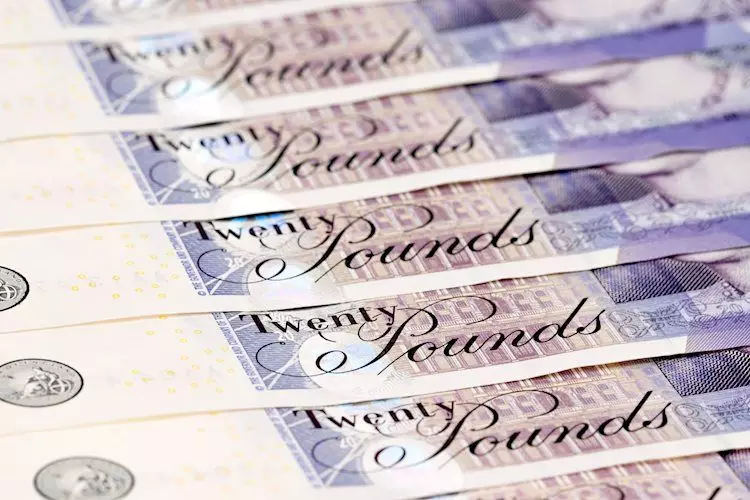The foreign exchange market is a complex environment where multiple factors intertwine to create fluctuations in currency valuations. One of the prominent pairs, GBP/USD, has recently displayed mild gains, trading around the 1.3130 mark. This modest recovery follows a troubling three-day slip, which marked a challenging period for the Pound Sterling. Understanding the underlying factors influencing this movement can provide valuable insights into both the current state and future trajectory of the pair.
A significant consideration in the recent performance of GBP/USD is the release of the Nonfarm Payrolls (NFP) data, which provides a key indicator of employment trends in the United States. The latest report revealed that the US economy added 254,000 jobs in September, exceeding predictions and the previous month’s figures of 159,000. This surge in job creation has implications beyond immediate monetary policy; it also impacts investor sentiment around the robustness of the US economy and, consequently, the value of the USD.
Following the NFP release, speculations around the Federal Reserve’s interest rate cut strategy shifted dramatically. Initially, expectations leaned towards significant cuts following a prior adjustment of 50 basis points (bps); however, market sentiment evolved with a 97.4% chance now placed on the Fed reducing rates by 50 bps in September. The implication is clear: stronger employment data diminishes the urgency for aggressive interest rate reductions, which can stabilize or even bolster the USD against other currencies, including the GBP.
In contrast, movements in the GBP are heavily influenced by the Bank of England’s (BoE) dovish stance on potential monetary policy adaptations. Recent commentary from BoE Chief Economist Huw Pill indicates a preference for a cautious approach, recommending gradual interest rate cuts rather than immediate bold actions. This suggests a nuanced approach, with the Bank examining economic indicators closely before making determinations about rate adjustments.
The current debate among financial markets regarding potential cuts in November and December reflects a divided sentiment. The last time the BoE executed back-to-back rate cuts was in 2020, underscoring the caution exercised in its decision-making processes. Consequently, while the GBP may enjoy short-term gains, the context reveals underlying vulnerabilities stemming from uncertainty surrounding the BoE’s next moves.
Peering into the history of the Pound Sterling, one finds that it stands as the oldest currency still in use today, with roots tracing back to 886 AD. Despite its storied past, it remains susceptible to the ever-evolving economic landscape. The currency itself constitutes a critical component of global forex transactions, maintaining a significant position among traded currencies. In 2022, it represented approximately 12% of all trade, highlighting its importance to both UK and global financial systems.
The value of the Pound is closely tied to monetary policy outcomes as determined by the BoE. Its primary goal is price stability with a target inflation rate of around 2%. To maintain this equilibrium, the BoE adjusts interest rates, either elevating them to curtail runaway inflation or lowering them to stimulate economic growth. Therefore, how the market perceives economic indicators—such as GDP, employment rates, and manufacturing output—will invariably influence the GBP’s strength.
Economic health indicators are pivotal in shaping the GBP’s trajectory. For instance, a robust trade balance—indicative of strong export performance—can provide a favorable environment for the Pound. When a nation is seen as producing desirable goods, foreign demand can positively impact the currency. On the flip side, a negative trade balance suggests a higher volume of imports relative to exports, which can dilute currency value.
In the case of the UK, positive movements in any of these indicators could signal a recovery or growth, leading to speculation around interest rate hikes, ultimately benefiting the GBP. Conversely, any downturn in economic performance would likely exert downward pressure on the currency.
The interplay between GBP and USD is continually influenced by domestic economic indicators and central bank policies. As the GBP navigates through the current economic climate, the impacts of US employment data and the Bank of England’s monetary stance illustrate that currency valuation is rarely a simple reflection of single data points. Instead, it constitutes a broader narrative shaped by numerous variables, all of which investors must consider when making financial decisions. As the economic landscape evolves, so too will the fortunes of currencies, underscoring the necessity for vigilance and adaptability in the foreign exchange arena.

